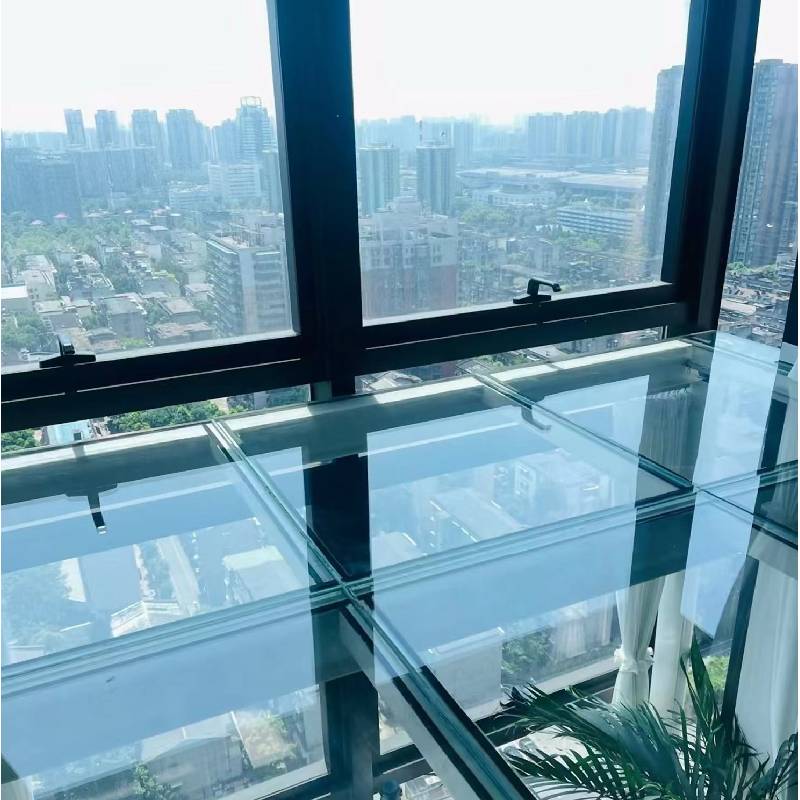

The Allure of Mirror Glass Design
In contemporary design, few elements can capture the imagination quite like mirror glass. This versatile material not only serves as a functional surface but also acts as a transformative design feature that can enhance both aesthetics and ambiance in a variety of spaces. Whether incorporated into architecture, furniture, or decorative accessories, mirror glass design has been making waves in the realm of interior design, offering a sophisticated touch that reflects both light and elegance.
The Aesthetic Appeal of Mirror Glass
One of the most compelling reasons for the popularity of mirror glass is its ability to create an illusion of space. In small rooms or areas with limited natural light, mirrored surfaces can effectively reflect surroundings, making the space appear larger and more open. This technique is often employed in urban apartments or compact living areas where every square foot counts. By integrating mirror glass into walls, furniture, or even ceilings, designers are able to craft an environment that feels expansive and airy.
Furthermore, the reflective quality of mirror glass introduces an element of dynamism to any design scheme. As light changes throughout the day, the mirrored surfaces shift in their reflections, creating ever-evolving visual experiences. This quality is particularly advantageous in areas such as dining rooms or lounges where mood and ambiance are crucial. The interplay of light and reflection can make every meal or gathering feel special, creating an inviting atmosphere that draws people together.
Functional Versatility

Beyond aesthetics, mirror glass exhibits remarkable functional versatility. It is commonly used in furnishings, from coffee tables to wardrobe doors, seamlessly incorporating practicality with style. A mirrored coffee table, for example, acts not only as a centerpiece but also as a functional surface that reflects light and contributes to the overall design narrative of the room. Moreover, mirrored wardrobes or closet doors can simplify storage solutions while maintaining a sleek aesthetic.
In commercial settings, mirror glass can be leveraged to enhance branding and customer experience. Retail spaces often utilize mirrored displays to draw attention to products, creating a sense of luxury and sophistication that encourages purchases. Similarly, restaurants may use mirrored surfaces to amplify the perception of space, allowing for a more comfortable dining experience. The versatility of mirror glass is limited only by the imagination, making it a favored choice among interior designers.
Sustainability and Innovation
As awareness of sustainability grows, the use of mirror glass has also evolved. Modern manufacturing techniques have led to the creation of eco-friendly mirror glass products that maintain aesthetic and functional qualities while reducing environmental impact. Designers and manufacturers are now focusing on sustainable practices, recycling materials, and utilizing energy-efficient processes in the production of mirror glass. This innovation allows for the continued use of mirror glass in design, resonating with environmentally conscious consumers without sacrificing style.
Conclusion
In conclusion, mirror glass design offers an alluring combination of functionality and aesthetic appeal that is hard to ignore. Its ability to create the illusion of space, reflect light dynamically, and serve practical purposes positions mirror glass as a staple in modern design. With a growing emphasis on sustainability, the future of mirror glass in design looks bright. As we continue to explore innovative applications for this captivating material, it is clear that the allure of mirror glass will keep influencing interiors for years to come. Whether through bold statement pieces or subtle accents, the charm of mirror glass design remains a timeless choice in creating beautiful spaces.